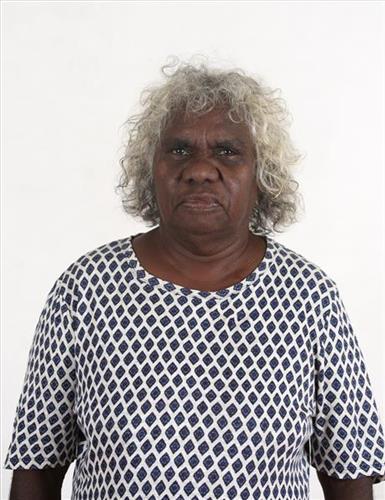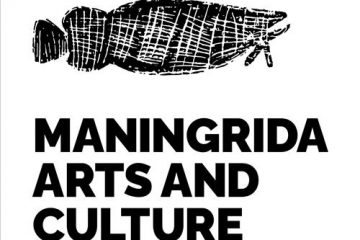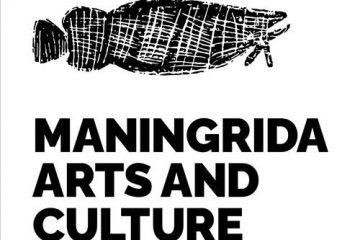111982326177
Jerrk (String Bag)
Jerrk is the Burarra word for string bag. These can vary greatly, with artists commonly using a mix of naturally dyed and un-dyed fibre to create a striking variation of coloured bands. Some artists also incorporate different types of looping to produce different patterns and textured finishes. The bag is woven by hand, with the beginnings of the bag stretched around the woman’s knees as she sits with her legs stretched out in front of her, to hold it firm as she weaves the bag into being.
Each type of fibre bag, mat, basket and dilly bag has its own name in the various languages spoken in the Maningrida region.



